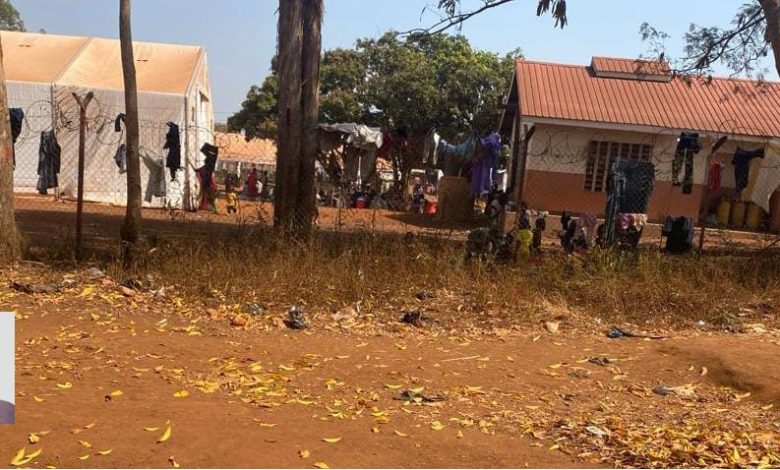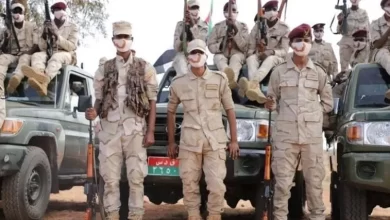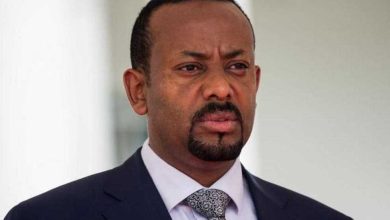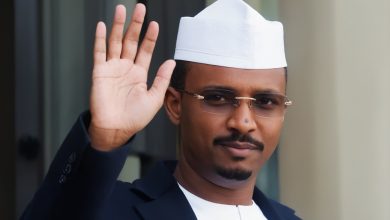The Conditions of Sudanese Refugees in the “Bweyale” Camp in Uganda

Sudan Events – Agencies
When Moatasem Adam, a trader in the Arab Market, fled from Khartoum to escape the war in early October last year, he left empty-handed, having lost everything he owned. He had no idea that his new home would be in Uganda, just like many other Sudanese who had sought refuge there for years, especially from towns and villages in western Sudan after the Darfur war broke out in 2003. So, it was no surprise that many followed the same path when the situation in Sudan worsened after the outbreak of the war on April 15 of the previous year. Many crossed the border from South Sudan or flew in from Ethiopia and Port Sudan.
Uganda is a signatory to refugee conventions and has been offering asylum to those fleeing wars and persecution in the war-torn East and Central African regions for the past five decades. The United Nations High Commissioner for Refugees (UNHCR) classifies Uganda as the largest host of refugees in Africa, with millions of refugees, mostly from South Sudan, the Democratic Republic of Congo, Burundi, Somalia, Eritrea, and Ethiopia.
Despite the large influx, encouraged by its open-door policy, the Ugandan government grants refugees registration, followed by a five-year residence permit issued by the Office of the Prime Minister (OPM). This permits them to move freely, work, establish their businesses, and access public services like healthcare and education, similar to Ugandan citizens.
Osman Adam, a former university professor and one of the leaders of the refugee camp in “Bweyale,” northwest Uganda, came from Omdurman. He had initially stayed at a refugee camp in South Sudan before moving to Nyumanzi Camp in Uganda, and finally settling at “Bweyale” Camp in Kiryandongo County. Speaking to a reporter from “Athar,” Osman stated that the number of registered Sudanese refugees had surpassed 28,000, according to UNHCR staff reports. He added that the camp housed a wide societal spectrum from across Sudan, including various professional groups, distributed among 17 housing clusters (L G …). Sudanese refugees are settled in 11 of these clusters, with Cluster G being the largest, accommodating about 550 families.
Food:
UNHCR, in collaboration with the World Food Program (WFP), provides four types of food: maize, cooking oil (one liter per person), red beans, and a small amount of salt. The rations are determined based on the registration date with the UNHCR. For the first four months, 100% of the rations are provided, which then reduce to 60% in the next three months, and to 30% thereafter. Recently, the food rations have been replaced with cash payments, starting from 48,000 Ugandan shillings per person per month for the first four months, decreasing gradually to 28,000 shillings at 60% food rations, and finally 14,000 shillings.
Mawaia Mohamed Hassan, an economist and former entrepreneur in Sudan, and one of the community leaders in the camp, entered Uganda on September 23 last year, coming from Ethiopia, where he had been detained for visa violations. He sought refuge in Uganda and was registered in the Nyumanzi Camp near the South Sudan border. However, on January 24, he and others were forcibly relocated to “Bweyale” Camp in Kiryandongo.
Water:
Farah Al-Dawla Al-Taher, a former tax inspector in Sudan, described the water problem to the “Athar” reporter as one of the biggest challenges facing the camp residents, both in terms of availability and suitability for drinking or cooking. “The water is salty, forcing us to walk a long distance of 5 kilometers on foot to buy clean water at the price of 1,000 Ugandan shillings per tank (36 liters),” she said, adding that the daily consumption rate per family ranges between 5 and 6 tanks.
Shelter:
The Ugandan government provides residential and agricultural land to refugees, in line with Uganda’s settlement approach, which it pledged to apply to refugee communities at the Leaders’ Summit. Each Sudanese family was allocated a 2020-square-meter plot for residential and agricultural use. The government also provides building materials, including sticks, poles, nails, tarpaulins, and some household items such as a solar-powered lamp, sleeping mats, blankets, a water tank, and ropes. Later, part of these materials and kitchen tools were replaced with 170,000 shillings. However, this depends on the availability of materials in UNHCR warehouses.



